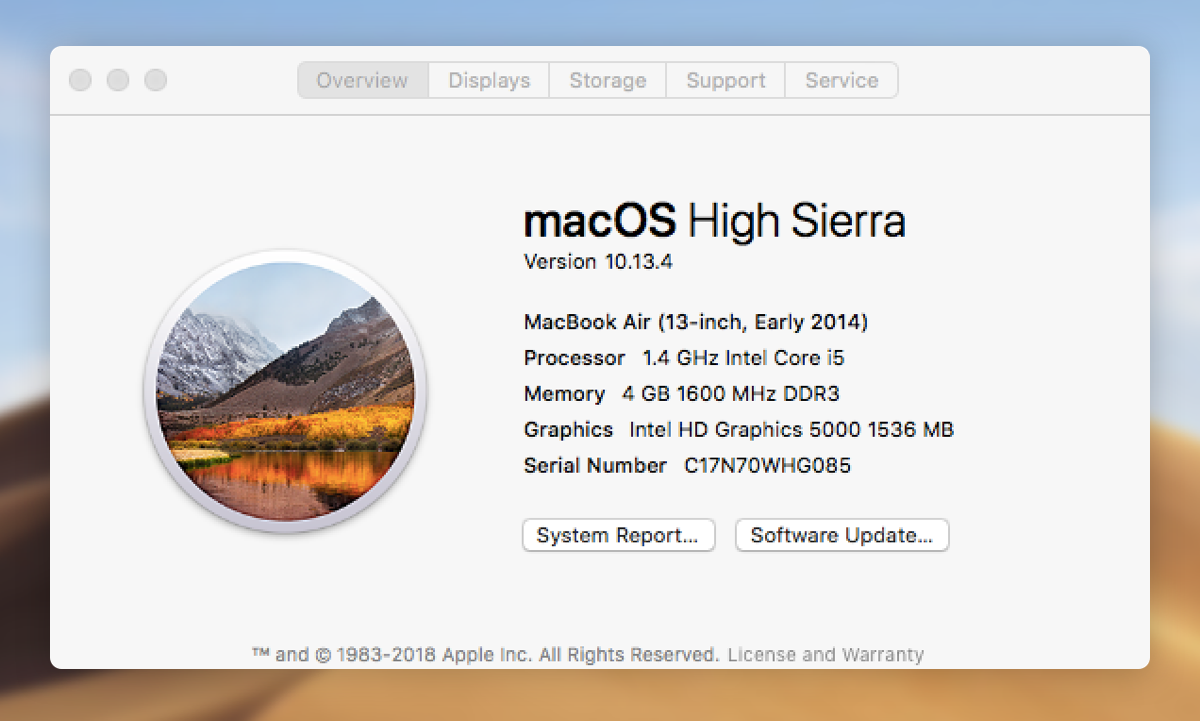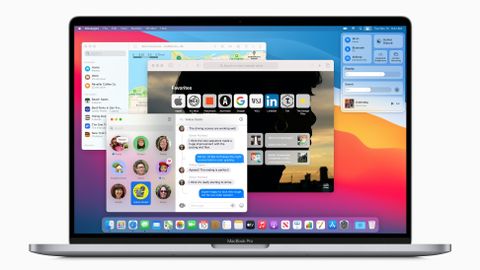

- Osx sierra + bootcamp issues august 2017 how to#
- Osx sierra + bootcamp issues august 2017 mac os x#
- Osx sierra + bootcamp issues august 2017 mac os#
Osx sierra + bootcamp issues august 2017 mac os#
It can be Mac OS Extended (Journaled) - the default for a Mac partition - Mac OS Extended (Journaled, Encrypted), Mac OS Extended (Case-Sensitive, Journaled), Mac OS Extended (Case-Sensitive, Journaled, Encrypted), ExFAT (Extended File Allocation Table, a Microsoft files system used for USB flash drives and SD cards), and MS-DOS (FAT).Īs mentioned before, if you’re going to create a Windows Boot Camp partition, be sure to use Boot Camp Assistant. There’s also a pop-up menu for changing the format of the partition. Click on the Untitled portion of the “pie” and then type a new name for the partition into the Name field to the right of the “pie”.įor example, the new partition could be given the name ElCapitan. If the volume is more than half-full, it creates one volume large enough for the existing data and another volume with the remaining space.ģ) Name the volume in the “pie chart”. Note that if the existing volume is less than half-full, Disk Utility creates two volumes of the same size. The first has the name “Macintosh HD” that was created when the Mac was first set up, while the other has the vague name “Untitled” (see image below). By default, this splits the volume into two equally-sized partitions. Here’s what you do:ġ) Select the drive by clicking on it, then click the Partition button.Ģ) Click the Add button ( + ) below the “pie chart”. Let’s say we want to add a partition to this iMac for the purpose of running an older version of Mac OS X. That needs to be done using the Boot Camp Assistant app that is also found in the Applications > Utilities folder.Īdding a volume to a device without erasing existing data See that crosshatched area on the right side of the “pie chart” circle? That indicates just how much space is currently in use on the Mac - exactly half of the 2.12 TB capacity.īefore we start looking at some of the ways the partition tool can be used, it’s important to know what you should not use the tool for - setting up a Boot Camp partition. The big blue circle indicates the Fusion Drive in this iMac, and there’s currently just one partition and logical volume that makes up the whole of the drive - Macintosh HD, at 2.12 TB. With the drive (not the volume) selected, clicking on the Partition button displays this window: (Disk Utility, with the Partition button highlighted)Īs you can see above, I’ve gone ahead and clicked on the drive named “Fusion Drive” - it’s currently partitioned into one big volume called “Macintosh HD”. If it’s not currently highlighted, it’s because Disk Utility usually shows the current Mac volume information, not the Mac disk information. The partition tool is one of six buttons at the top of the Disk Utility window (see image below). Or, since you’re running macOS Sierra, you can just click on the Siri icon and say “Launch Disk Utility”. Next, there’s a keyboard shortcut to get to the Utilities folder - Command + Shift + U from the Finder. First, one can go to Finder > Go > Utilities, then double-click on the Disk Utility icon.
Osx sierra + bootcamp issues august 2017 mac os x#
During the macOS Sierra beta, my “test machine” was partitioned with Mac OS X El Capitan on one partition and macOS Sierra beta on another.ĭisk Utility can be launched several different ways.

Creating a multi-boot setup, with different operating systems on the same computer.Separating macOS and application files from user files, which means that clones of the operating system and apps can be made separate of the documents created by the Mac.So why would you want to divide a drive into two or more partitions? Partitioning is usually done before installation of an operating system in most cases, Apple and other computer manufacturers tend to leave the drive as one big partition. Partitioning a drive essentially breaks it up into distinct, named regions so that an operating system like macOS can manage information in each of those regions separately.

Osx sierra + bootcamp issues august 2017 how to#
In this article, we’ll take a look at how to partition and erase drives using macOS Sierra’s updated Disk Utility. While we got into the details of how to verify or repair disks using Disk Utility, we didn’t cover the new partitioning tool. At the end of September, the Rocket Yard gave you the scoop on the new version of Disk Utility that is now in macOS Sierra.


 0 kommentar(er)
0 kommentar(er)
